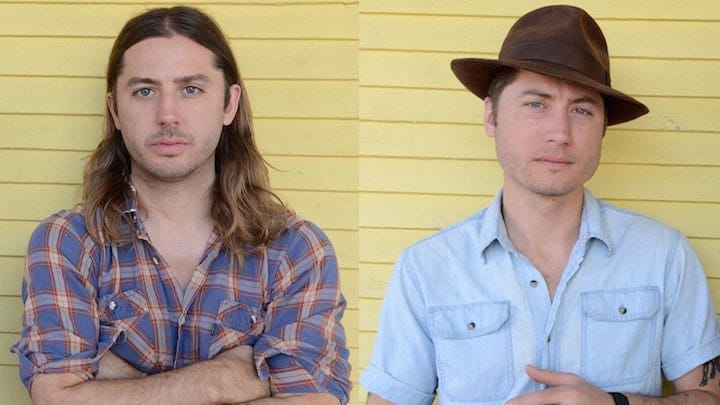Bill and Turner Ross on ‘Western’ and Documenting the Modern Frontier

With Les Blank gone, I now consider Bill Ross and Turner Ross to be our finest documentarians of Americana, albeit in a style all their own. First they gave us 45365, a small-town symphony depicting a kind of portrait of the everyday in an anyplace. Tchoupitoulas followed with a more character-driven tour of the sights and sounds of New Orleans at night…
Keep reading with a 7-day free trial
Subscribe to Nonfics to keep reading this post and get 7 days of free access to the full post archives.



